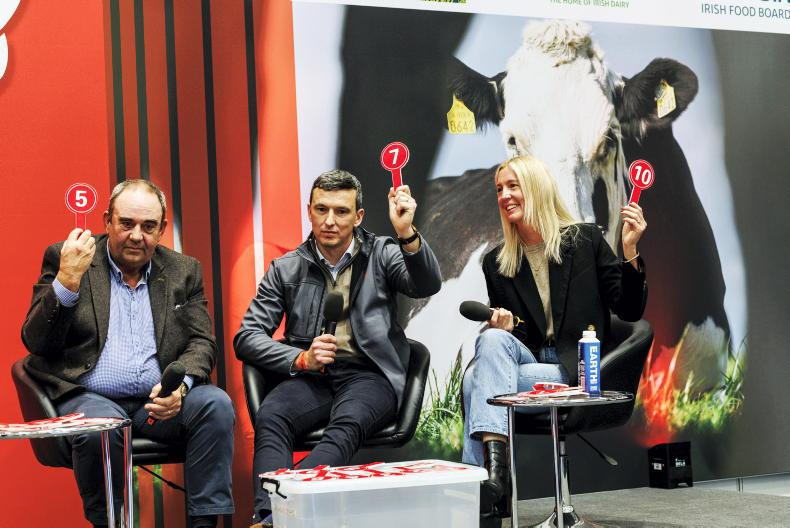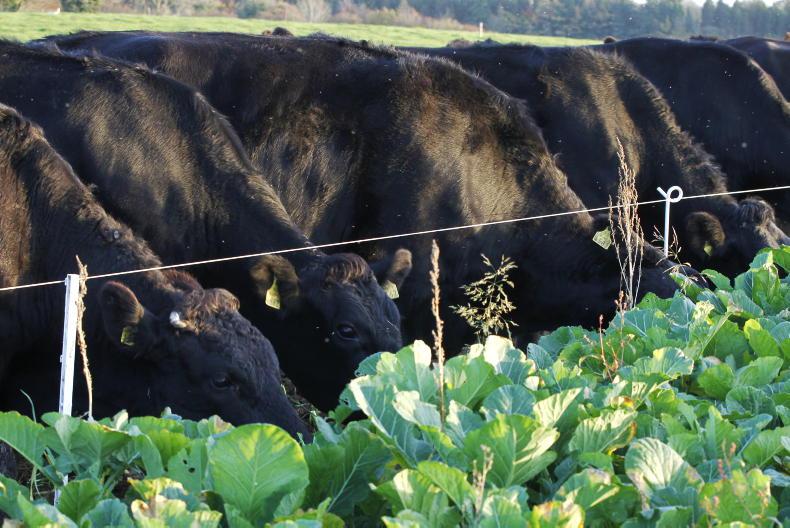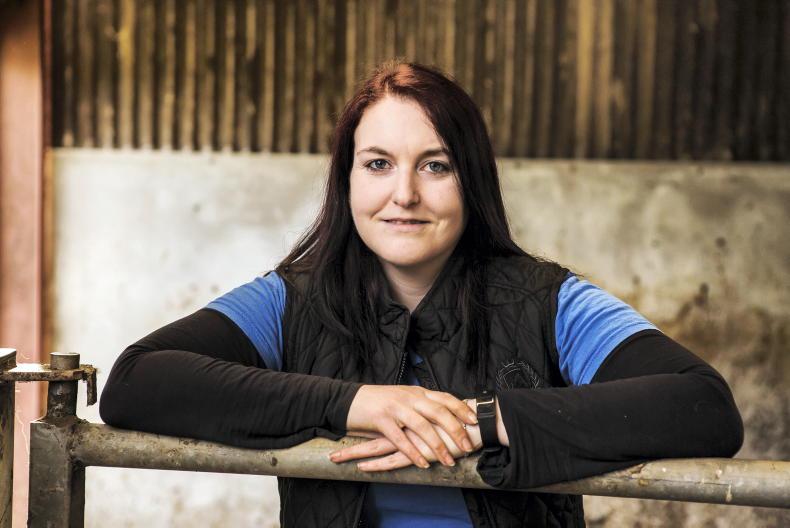The rearing phase of a dairy calf-to-beef system is by far the most labour-intensive for the farmer. It is natural, therefore, that by the time calves are weaned and turned out to grass, less attention can be paid to performance over the following few weeks.
However, this is often the period where daily liveweight gains plummet and calves stand still for a number of weeks, putting them behind target at an early stage in life.
At the time of weaning, the rumen is very much in the development stage. That is why any changes to diet should happen gradually over a period of time. On the demo farm calves will start going out by day to paddocks around the yard and come back in at night for the last three weeks of the rearing phase.
This is because the microbes in the rumen that digest grass are different to the ones that will digest concentrate or even straw offered during the rearing phase. It will take the calf a number of weeks to build up the population of grass digesting microbes.
At turnout, calves should be either weaned off milk with a few days, or not weaned until a week to 10 days post-turnout. This is to avoid too many changes to the calf at any one time. Weaning at turnout can lead to calves bawling in the corner of a paddock looking for milk. If this is to happen during a poor period of weather, this can lead to pneumonia outbreaks as the calf can become stressed.
Make sure calves have constant access to fresh, clean water in troughs that they can easily reach. It is also important to continue to feed a roughage source such as straw at grass. Calves are used to eating this from indoors while grass is completely new to them. Grass quality at turnout is often very good which means it has a low fibre content. Calves need fibre to slow down passage rate and aid digestion.
Poor weather
On the demo farm, in periods of poorer weather when grass dry matter is particularly low, it is amazing how much straw calves will consume in order to keep the fibre content in their diet correct.
Meal feeding should continue for the first six weeks at least post turnout. Again, this is about gradual changes to the diet to minimise stress on the animals.
Many of the Thrive farmers around the country are now feeding 1kg/day throughout the first grazing season.
Once outdoors, calves can be transitioned to a 16% protein ration or weanling ration as most are traded under. This is best offered in the form of a nut to minimise the risk of disease from vermin and birds.










SHARING OPTIONS